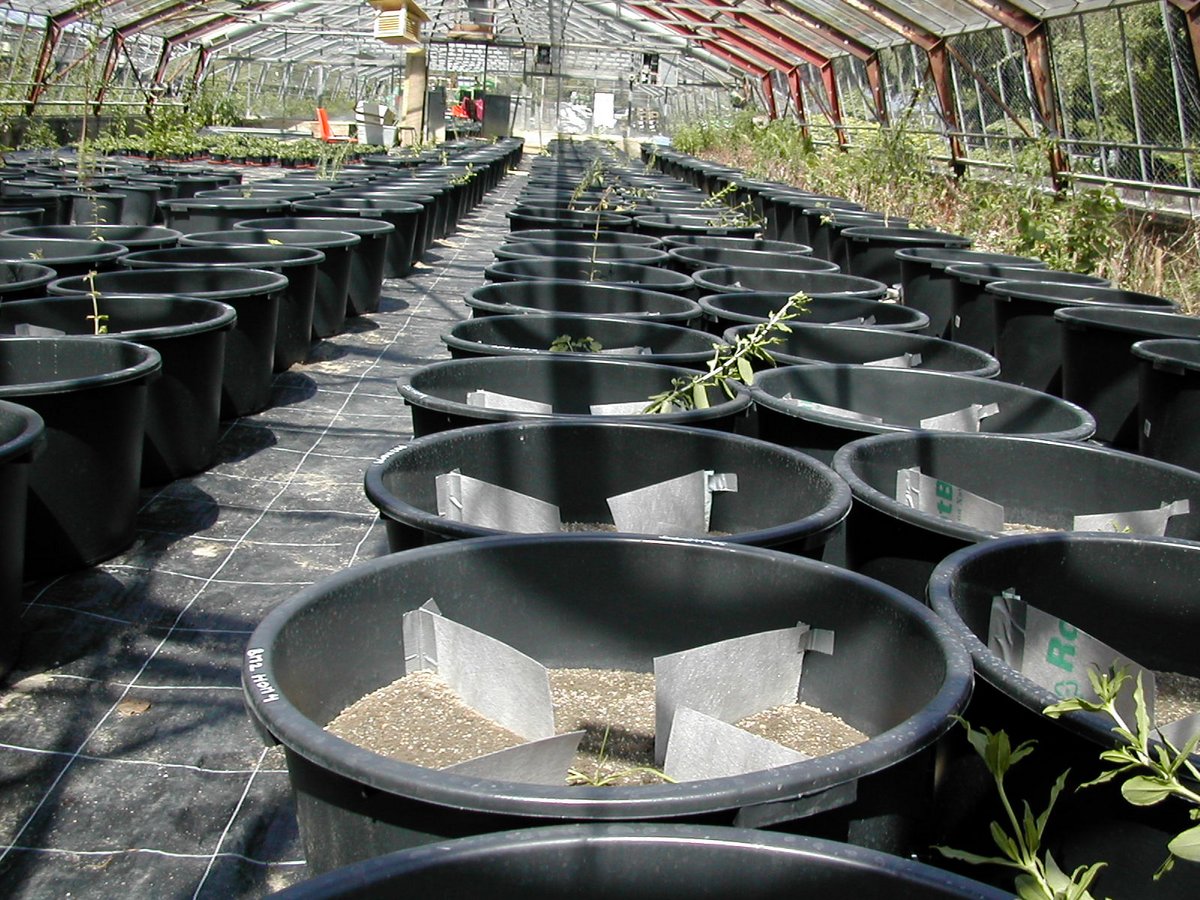
Research Projects
Global Naturalized Alien Flora (GloNAF)
Amy Davis, Rashmi Paudel, Weihan Zhao, Trevor Fristoe, Mark van Kleunen
Due to human activities, many plant species have spread to and become established in regions outside their native range. Although some of these alien species pose a threat to ecosystems, biodiversity, and human health and economy worldwide, our understanding of the patterns and drivers of naturalization and invasion is still limited.
In an international, collaborative effort, we have compiled an extensive database on the distribution and characteristics of naturalized alien plant species worldwide, which we continuously expand and update. This database allows us to address a large variety of research questions regarding the patterns and processes of naturalization and invasion at a global scale. Among other things, we investigate how macroecological and socioeconomic factors interact with plant traits and phylogenetic relatedness to influence naturalization success. Moreover, we analyze the main flows of plant introductions among continents and regions, and whether plant naturalizations have led to a taxonomic and phylogenetic homogenization of the floras worldwide.
For further information on the project and project partners, please visit the GloNAF website.
The World's Cultivated Plants (WorldCuP) database
Nicole Kinlock, Mark van Kleunen
Most plants that we daily encounter, in our gardens and public green spaces or as escapees in the wild, are alien plants that were brought into cultivation as economic or ornamental plants. However, it remains unknown in which parts of the world which cultivated plant species are grown, and how these cultivated floras are biased with regard to species characteristics, region of origin and phylogeny. Such information is important not only from a historical and cultural perspective, but also because most alien plant species that have become naturalized and invasive are escapees from cultivation. Therefore, one major objective of this project is to build a global database of regional inventories of cultivated plant species, and to analyse this database to test whether there are biases in the cultivated flora with regard to geographical origin, species characteristics, phylogeny and in which part of the world they are cultivated. Moreover, by combining this global cultivated plant database with data on the naturalization success of species, we will test how patterns and biases in the cultivated alien flora affect patterns in the naturalized alien flora. Other major objectives that we will address are how cultivation biases changed over time, and how this affects which cultivated alien species have become naturalized. This project will thus provide the first global cultivated plant database, and important insights into how the cultivated flora and historical changes in its availability relates to the naturalized alien flora.
The early stages of mating system evolution
Marc Stift
Collaborations: Marcel Dorken (Uni Trent, Canada), Magne Friberg (Lund University, Sweden), Barbara Mable (Uni Glasgow, Scotland)
The long term consequences of the evolutionary transition from outcrossing to selfing are relatively well known, mainly by systematic comparisons of closely related species with contrasting mating system (for example the outcrossing Arabidopsis lyrata with the selfing model species A. thaliana). Genetically, selfers have low genetic diversity and heterozygosity. They normally have attained an annual life cycle and are successful as weeds and in ephemeral habitats. As selfers do not depend on pollinators, they often have flowers with a so-called 'selfing syndrome': small flowers lacking adaptations to promote outcrossing. However, relatively little is known about the short term consequences of the evolutionary transition from outcrossing to selfing. It is also not well understood why selfing evolves in some systems, but not in others. Our model system Arabidopsis lyrata is useful in this respect, because it has variation in the reproductive strategy among populations. In principle the species is an obligate outcrosser with a strong molecular self-incompatibility system. However, some populations exist where plants have lost the ability to reject self, and have become self-compatible and inbreeding. We use this study system to assess the effect of inbreeding on growth and tolerance/resistance to herbivores, attractiveness to pollinators and shifts in life history.
The Green-Roof Biodiversity Experiment
AG van Kleuen
Green roofs provide a great opportunity to increase biodiversity in urban environments, and might also contribute to cooling of buildings in summer. Many green roofs have been planted with monocultures of exotic Sedum species. However, many native plant species from dry environments might also be suitable as green-roof plantings. Moreover, diverse plantings might have several benefits, as they might be more tolerant to e.g. long periods of drought, might reach a high cover more quickly, and could be more resistant to the spontaneous establishment of unwanted species (e.g. woody species that with their roots could damage the roof). To assess how the initial number of plant species planted on a green roof affects the time required to cover most of the available roof area, the spontaneous establishment of plant species that were not planted on the roof as well as the diversity of arthropods, we started a green-roof biodiversity experiment on the roof of our university in spring 2020. A total of 80 plots of 2 m × 2 m (10 cm deep) were planted with 1, 3, 6 or 12 species from a pool of 20 indigenous species, which are naturally found in dry grasslands. Each month during the growing season, we determine the plant cover in each plot from aerial drone pictures. At the end of each season, we remove the spontaneously established plant species to assess resistance against invasion. In the coming years, we also plan to assess the colonization of the plots by arthropods.
